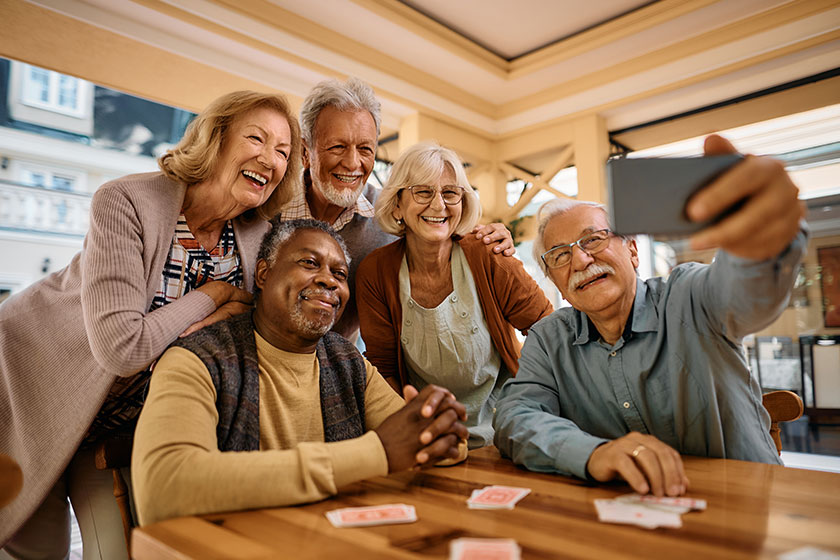African American history and culture linger in the Columbia region. From historical narratives to dining spots, art or music, there are various ways to celebrate Black History Month in the heart of South Carolina. Here are some recommendations.
Middleton Place, Charleston
Housing some of America’s historical garden landscapes, the National Historic Landmark narrates the history of the enslaved servants that persisted in the reserves in Eliza’s House, the remains of formerly enslaved people’s quarters constructed following the Civil War. The home is named after Eliza Leach, who resided in the home till passing away in 1986 at 94 years. The “Beyond the Fields” tour, conducted daily several times, looks at the history of African Americans on the plantation all over the South.
Fort Moultrie and the Bench by the Road, Sullivan’s Island
Drop by the African Passages exhibit in Fort Moultrie that narrates the tale of Charleston’s work in the global slave trade. About half of the enslaved Africans posted to America were entered by Sullivan’s Island. Rest on the Bench at the Road, opposite the waterway which channeled many slave packs into Charleston. Like more in the USA, the Toni Morrison Society planted the seats to note essential places for African Americans.
Emanuel AME Church, Charleston
Put a red rose at the entrance of “Mother Emanuel,” which formed a shrine to the nine worshippers murdered in a Bible study in 2015. The church, found within the National Register of Historic Places, served as the landmark of the historical 1962 speech by Dr. Martin Luther King Jr., the speech inspiring the town’s African American community to silently boycott segregated facilities, riot over meager wages, or lack of job opportunities. Denmark Vesey was a member of the congregation’s founders, who was executed after he led a failed slave rebellion in 1822. It now houses the oldest African American congregation located south of Baltimore.
Drayton Hall, Charleston
Constructed in the early 1700s, Drayton Hall is a mature, preserved plantation house in the USA that remains open to all tourists. It narrates the tale of the Drayton family and the many African Americans that had resided there. Go on Connections: From Africa to America tour, drop by one of the country’s old African American graves remaining in operation. To note: The land is closed for housekeeping over the first week of February.
African American monument at the SC State House, Columbia
This monument, modeled upon an African village in the circle, documents all contributions of African Americans to the country. It may tell the native countries where migrants camehaved has rubbing stones from the states. The painting of a slave ship is very moving.
Mitchellville, Hilton Head Island
The little town at Hilton Head Island was founded by formerly enslaved people in 1861. More than 1,500 people stayed there at the ceasefire of the Civil War. As little remains of the old town, it’s better understood by going on one of the many Gullah tours in South Carolina. Look at South Carolina’s alternative Toni Morrison bench there, also.
The Penn Center, St. Helena Island
The Penn Center on St. Helena Island serves as the place of the initial school for formerly enslaved people in the USA. The old 50-acre campus additionally hosts a museum or conference building, which may have cultural events, exhibitions, or enrichment lessons.







